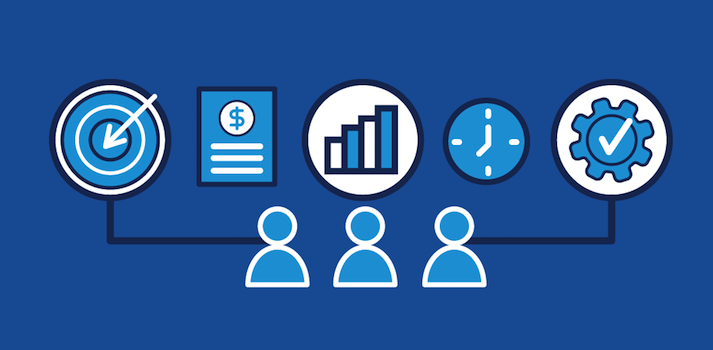Procurement
Key areas to include in a Subscription Billing System RFP


Procurement

January 23, 2022

5 Min

Chris Farmer
Creating a Request for Proposal (RFP) for a subscription billing system is a critical process for businesses seeking to implement or upgrade their recurring revenue management solutions. An effective RFP outlines your company's specific needs and expectations, enabling potential vendors to propose solutions that are best suited to your requirements. Here are key areas to include in a subscription billing system RFP:
1. Company Overview and Project Objectives
- Background Information: Provide a brief description of your company, including size, industry, and market segment.
- Project Goals: Clearly state the objectives of implementing a new subscription billing system, such as improving billing accuracy, enhancing customer experience, or expanding payment options.
2. System Requirements
- Billing and Invoicing Features: Detail the functionalities you need, like automated billing cycles, proration, customizable invoice templates, and multi-currency support.
- Subscription Management: Define requirements for managing subscriptions, including sign-ups, upgrades/downgrades, pauses, and cancellations.
- Payment Processing: Specify the need for integrated payment gateways, support for various payment methods (credit cards, digital wallets, etc.), and PCI compliance.
- Tax Compliance: Ensure the system can handle various tax regulations, including VAT, GST, and sales tax, depending on your geographical market.
3. Integration Capabilities
- Existing Systems: List your current software systems (CRM, ERP, accounting software) that the billing system should integrate with.
- APIs and Extensibility: Request information on the availability and flexibility of APIs for custom integrations.
4. Data Management and Reporting
- Data Import/Export: The ability to seamlessly migrate existing data into the new system and export data for analysis.
- Reporting and Analytics: Need for comprehensive reporting tools to track revenue, churn rate, customer lifetime value, and other key metrics.
5. Security and Compliance
- Data Security: Ask about security measures for data protection, including encryption and compliance with standards like GDPR and HIPAA, if applicable.
- Audit Trails: Capability to track changes and access to billing data for compliance and auditing purposes.
6. User Experience and Support
- Ease of Use: How user-friendly is the system for both your team and your customers?
- Customer Support and Training: Details on the training resources provided and the availability of customer support services.
7. Pricing Structure
- Cost Model: Request detailed pricing information, including setup fees, monthly or annual subscription costs, and any additional charges for support or extra features.
- Scalability: Understand how pricing changes as your business scales.
8. Vendor Qualifications and References
- Company Background: Ask for information about the vendor’s history, client base, and financial stability.
- Client Testimonials and Case Studies: Request references or case studies that demonstrate the vendor's experience and reliability in your industry.
9. Implementation and Onboarding
- Timeline: Define your expected timeline for implementation and go-live.
- Training and Onboarding Process: Details on how the vendor will support your team during the transition.
10. Future Proofing
- Updates and Upgrades: Information on how the system is kept up-to-date with evolving technologies and market demands.
- Scalability and Flexibility: Ensure the system can grow and adapt to your changing business needs.
By covering these areas in your RFP, you'll be better positioned to select a subscription billing system that aligns with your business requirements, ensures a smooth implementation process, and supports your growth strategy.




